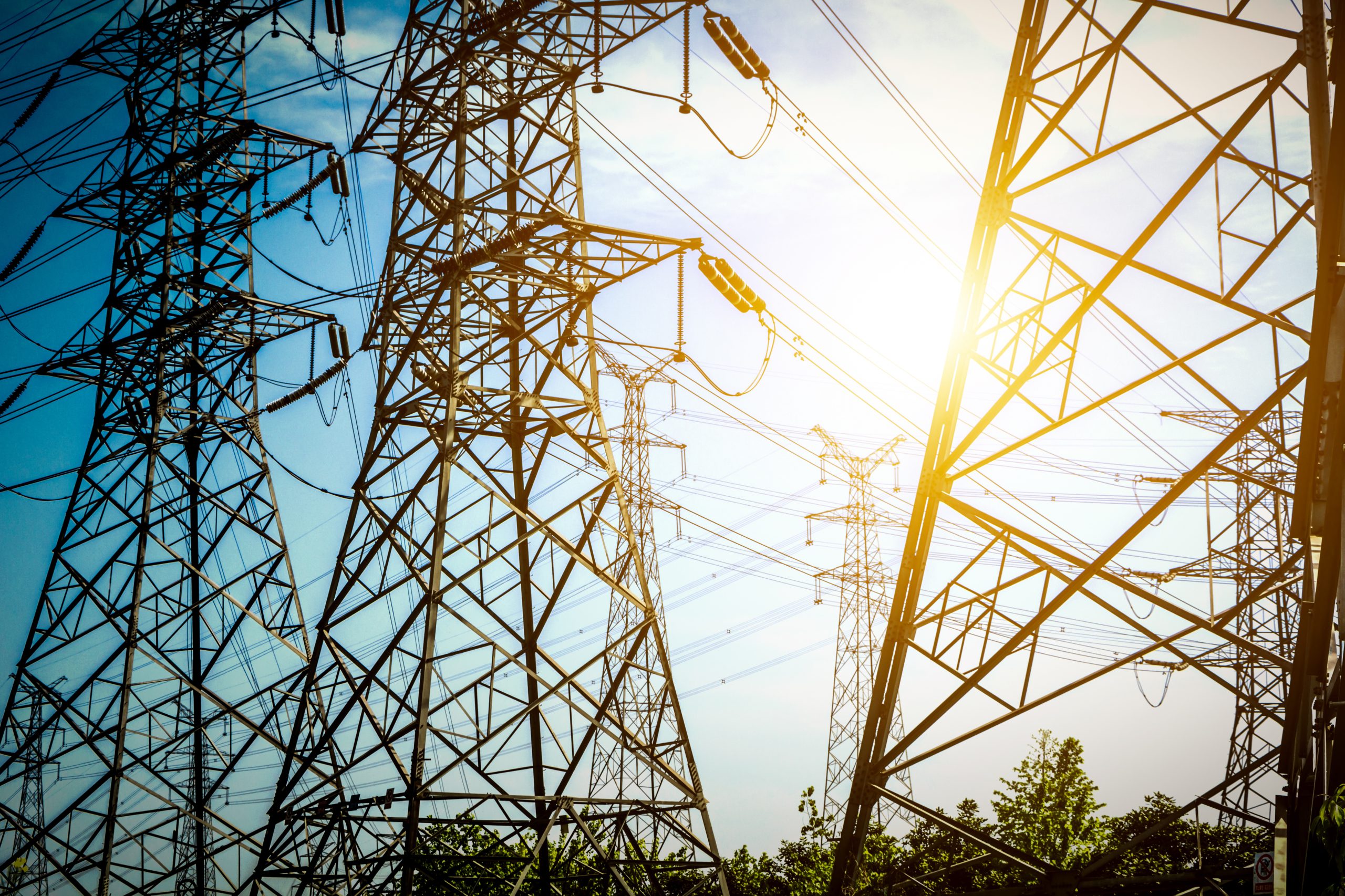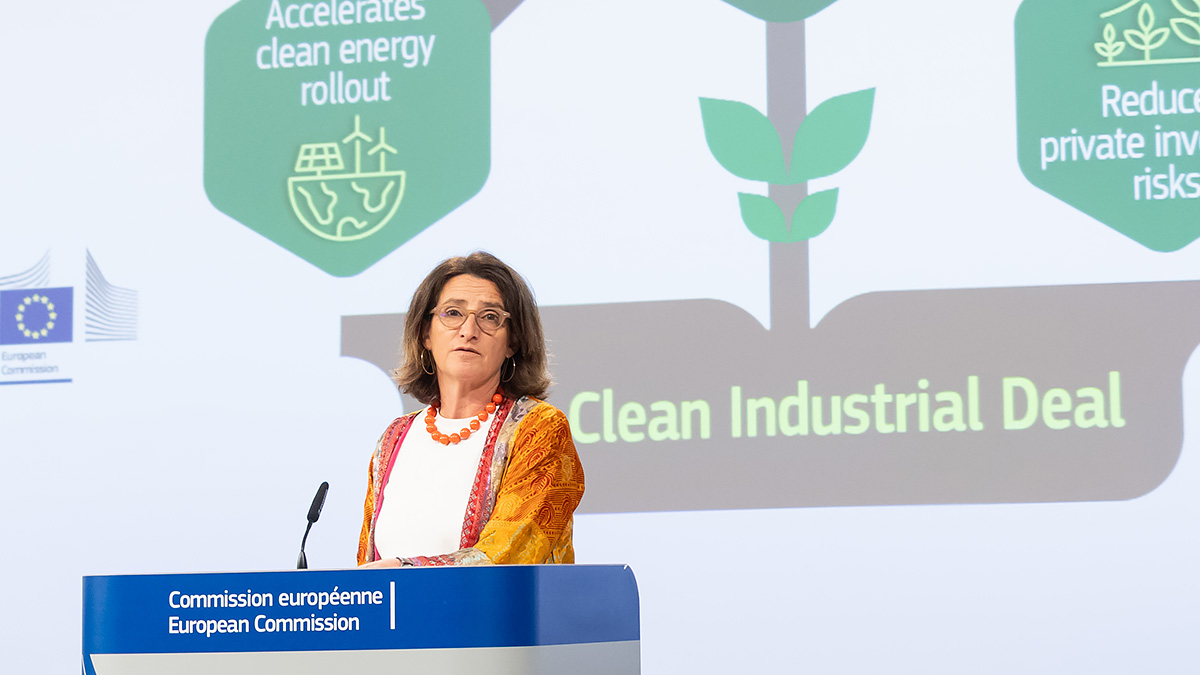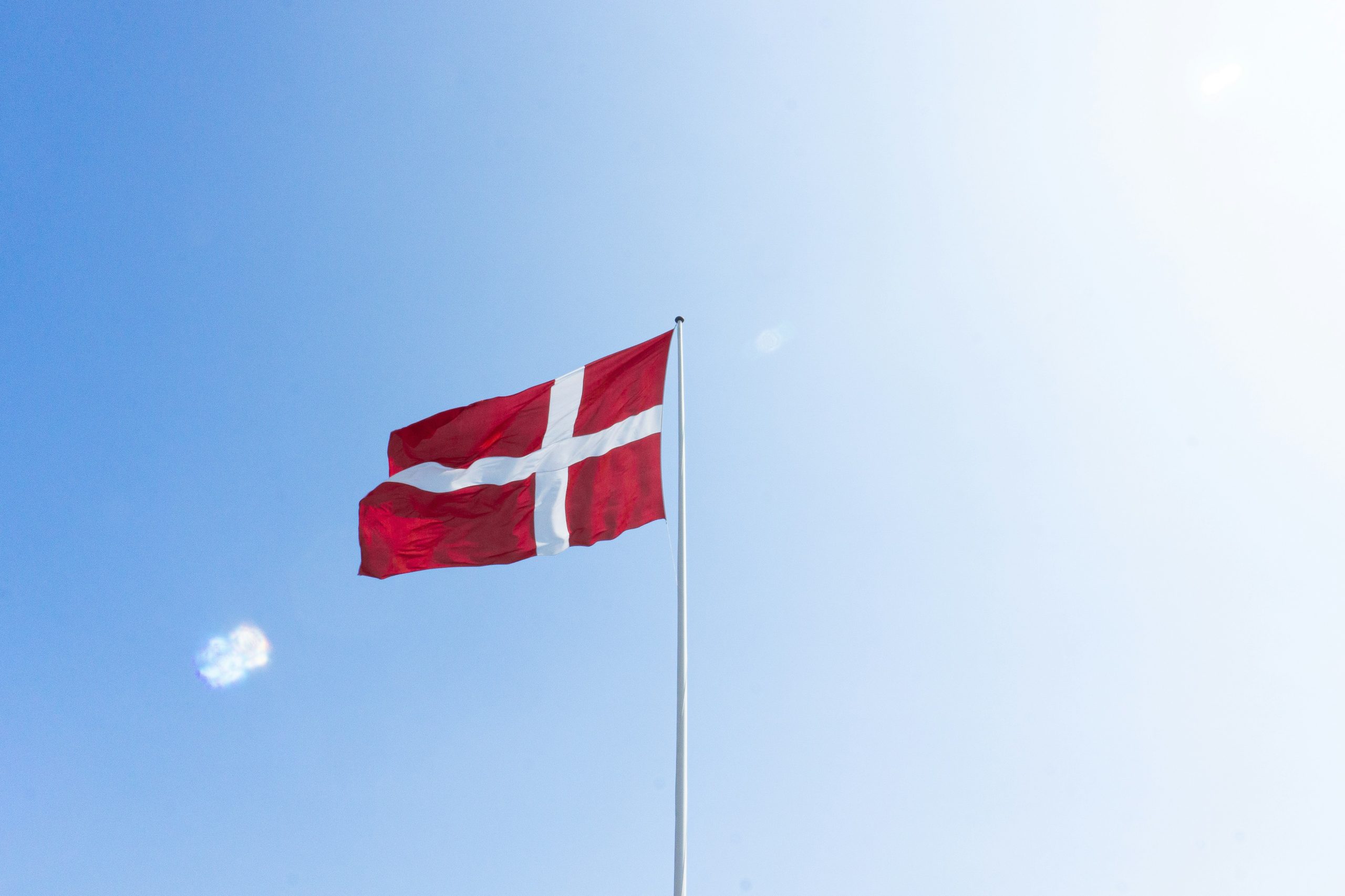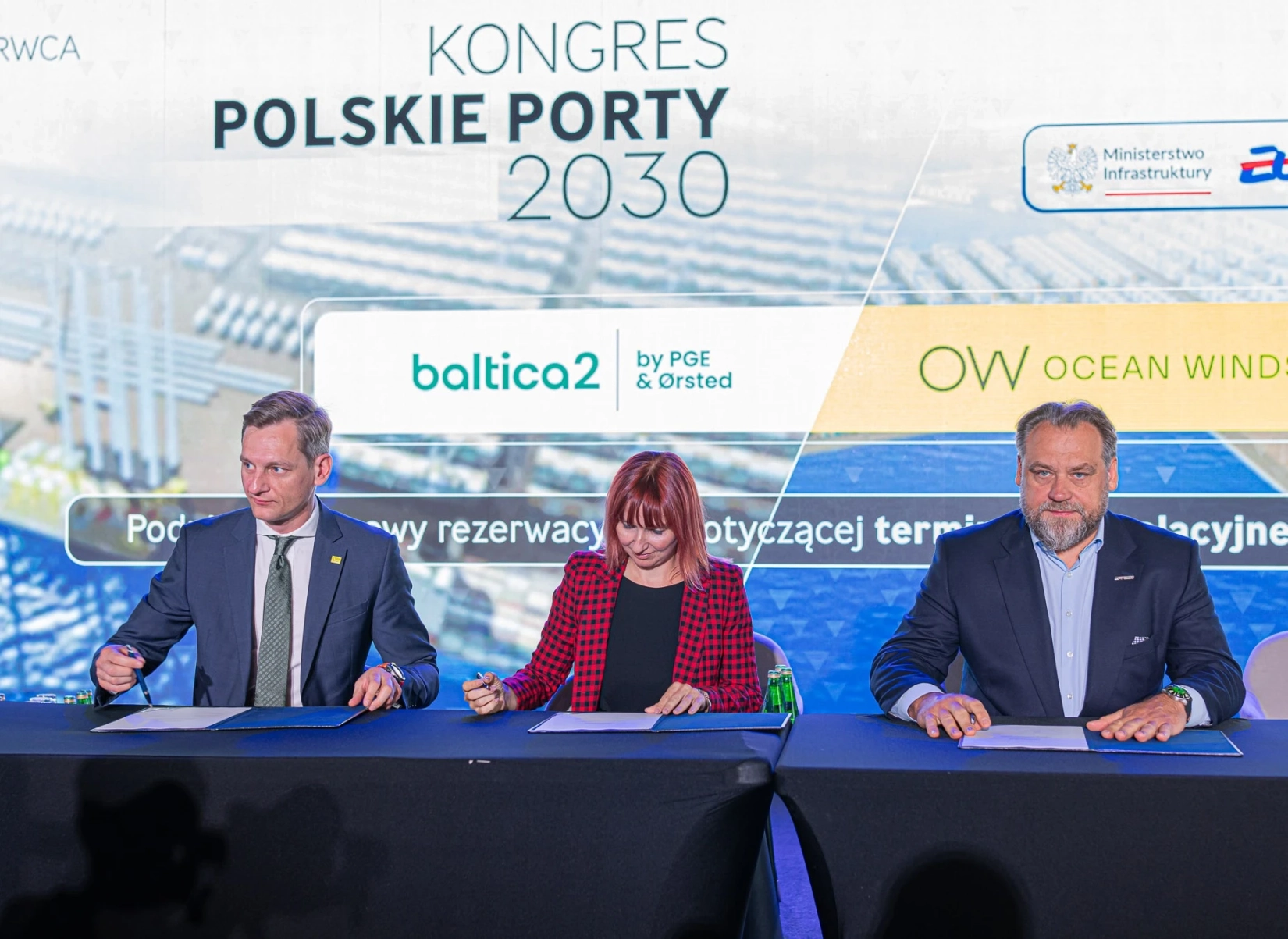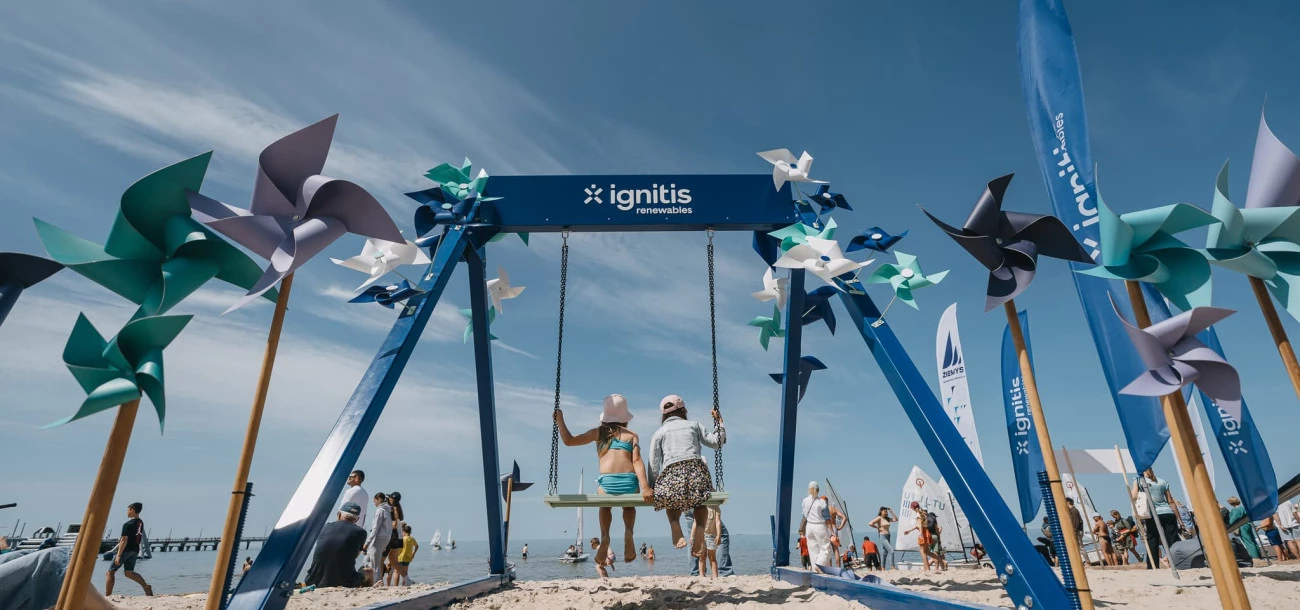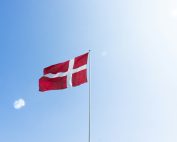Hansa PowerBridge is a cross-border high-voltage direct current (HVDC) system, intended in future to connect the power grids of Germany and Sweden. This will improve security of electricity supply in both countries and allow closer integration of renewable energies. It will also contribute towards the further development of the European internal energy market.
Sweden has a large amount of hydropower available for electricity generation, as well as reservoirs for storage. Opening up these capacities forms part of Germany’s energy transition. Mecklenburg-West Pomerania’s Minister for Economic Affairs and Energy Reinhard Meyer, State Secretary Ines Jesse and Kristin Schulz from the Planning Approval Department, handed over the permits for the land and territorial sea sections to those responsible for the project at 50Hertz, represented by Silvia Haufe, Head of Permits, Dr. Henrich Quick, Head of Offshore, and Thomas Hartung, Project Manager Permits.
Dr. Henrich Quick commented: “This award meets one of the crucial conditions on the German side that are required to make this joint project a reality”.
The grid connection points for the 300 kilovolt (kV) DC cable are in Hurva (Sweden) and Güstrow (Germany). The German section of the overall project runs for a short distance as an alternating current land cable, extending from the Güstrow substation to the planned converter station in Lüssow. From there a direct current land cable will continue as far as the beach at Dierhagen Ost. An undersea DC cable will cross the territorial sea and the adjoining German Exclusive Economic Zone (EEZ) to reach the transfer point at the border with the Swedish EEZ. At that point responsibility will pass to the Swedish transmission system operator Svenska kraftnät.
The German land cable route (Güstrow substation – Dierhagen Ost landing) is about 70 km long, while the undersea cable section within the territorial sea is about 80 kilometres and the undersea cable section in the German EEZ extends to some 25 kilometres.
The permits for the sections on land and in the territorial sea have been granted by the Ministry for Economic Affairs, Infrastructure, Tourism and Labour of Mecklenburg-West Pomerania in accordance with Section 43 (1) clause 1 no. 3 of the Energy Industry Act (EnWG). The application for planning approval was submitted by 50Hertz in May 2021. The next step will be to obtain approval for construction of the section within the German EEZ from the Federal Maritime and Hydrographic Agency (BSH).
Tenders for production and installation of the cables and also for the converters and the associated construction work can be finalised once this permit has been received, allowing work to begin in 2024.
Source: 50 Hertz
